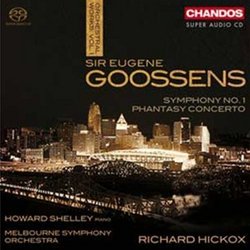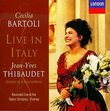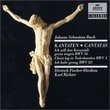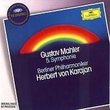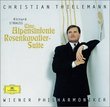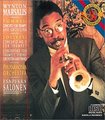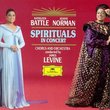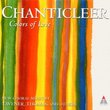A very rewarding album of the music of a very adventurous, b
David A. Hollingsworth | Washington, DC USA | 09/30/2009
(5 out of 5 stars)
"Who could have known (or even realized) that Sir Eugene Goossens' fame as a conductor would have possibly hinted his career as a composer of considerable stature (during his life and long afterwards)? I for one didn't (I shall confess). But luckily, I came across Dutton's reissue of Goossens' powerful recording of Bax's Second Symphony (which also includes, among other things, the conductor's "Tam O'Shanter" and Antill's "Corroboree" excerpts). I decided to investigate Goossens' music further and discovered a wonderful, explorative 3-disc ABC album of some of his major works (like the two symphonies, the Oboe Concerto, and even his earlier Variations on a Chinese Theme) ebulliently yet movingly performed by the late Vernon Handley and the major Australian orchestras. Immediately I was blown away and knocked over by the solidity, the beauty, and the unrelenting senses of adventurism and imagination page after page, passage after passage. And while Goossens was not terribly prolific and not quite in the same league as Bax, Vaughan-Williams, or even Walton, he undoubtedly poses serious challenges to the qualities and communicative impacts of their own music. Needless to say, this legendary conductor yet relatively obscured composer is indeed a force to be reckoned with.
A case in point here is Goossens' First Symphony. And allow me to state straight away that this work measures up to even the strongest symphonies of Bax and Vaughan-Williams in its melodic invention and its sheer strength in concentration of musical thought. This composer clearly knew how to work the ideas and to the point: no wandering, no padding, but straightforward yet ingenious and resourceful. Written in 1938-40 and dedicated 'To my Colleagues of the Cincinnati Symphony Orchestra', this symphony is a very cogent piece, yet with that arresting inner beauty, subtlety, and passion especially in the slow movement that I find literally inescapable. In those regards, it indeed puts to mind Bainton's Third Symphony (1956) and it has become somewhat a tradition of mine in playing these two works together (and come to think of it, both Goossens and Bainton were composition students of Sir Charles Villiers Stanford at the Royal College of Music in London). Here, Hickox's structural control of the symphony is tighter than Handley's. He wastes virtually no time in getting the points of the faster movements across (the finale in particular goes off with thrust and utter commitment). Needless to say, his read is indeed exciting. But there is something more of that organic coherency and integration in Handley's take that I find captivating and unforgettable. The andante movement is an example of this, where Handley's conception has more of that arresting nuance and heart wrenchingness than Hickox's (which is a shade faster). To Chandos' credit, its recording sound is more realistic than ABC's (listen to the depth of the bass clarinet solo that begins the slow movement). But at the end of the day, I am hard pressed to find myself without both recordings of this remarkably assured musical creation.
Another case in point is Goossens' Phantasy Concerto for Piano and Orchestra (1942), which I likewise deem as remarkable in that sense of adventure and imagination so much identifiable with this composer. Written for the celebrated Spanish pianist José Iturbi (who first performed it on February 25th, 1944 with the Cincinnati Symphony Orchestra with Goossens at the podium), it is in four continuous, unconventional movements (with many tempo markings by the way). The piano writing is especially alluring yet complimentary (conversational as the composer described it) and the orchestral support mesmerizing (Rachmaninov looms a bit noticeably here, with pinches of Hanson, Vaughan-Williams, Barber, Ravel, Poulenc and Bax thrown into the mix). Yet like Ginastera's Harp Concerto (which Hickox also recorded with Chandos), Goossens' work is, on its own terms, flamboyant, spicy, and not so superficial. And unsurprisingly, and yet with upmost delight, pianist Howard Shelley remains unflinched by the verve and the flamboyancy the piece requires. But his sense of poetics and invention never fails him either (particularly in the slow movement), with Hickox and the Melbourne Symphony responding with zest and wholehearted embellishment. The recording and overall presentation are again first class: and special thanks are to due to Lewis Foreman for his revelatory sleeve note (as always).
This album is dedicated to the memory of Richard Hickox who passed-on all too soon last November. It is indeed a special album, not only because of this dedication, but also because of its enduring testament of the musical virtues and artistry the great conductor espoused time after time again during his tragically short career. Thus, many thanks to Chandos for that ever so extraordinary, enterprising release (again as always, of course).
"
